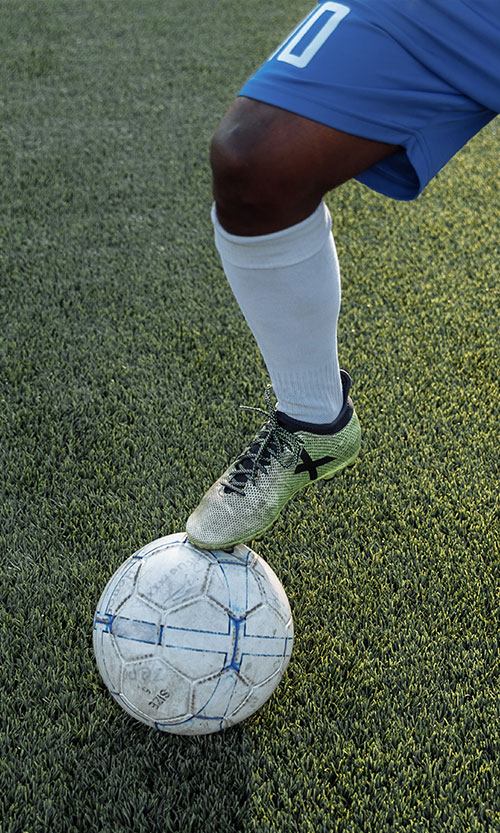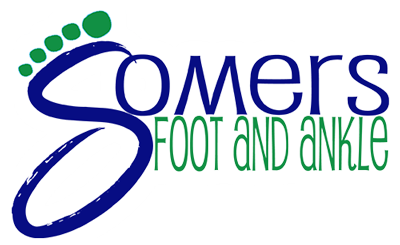Foot Injuries

Running Injuries
While running can be good for the heart and the body’s overall fitness, the repetitive stress ofrunning on the feet and legs can increase your risk of injury over time. These potential hurts range from the mildly annoying to those requiring surgery. To take proper care of your body, make sure that you stretch properly, wear appropriate footwear, and listen to your body when it tells you to rest.
A few common running injuries include:
- Pulled Hamstring: A pulled hamstring is an injury to the hamstring muscle. It causes mild to severe pain in the area.
- Hip Stress Fractures: Stress fractures of the hip are most common in long distance runners, where there is a constant repetitive motion in the hip.
- Shin Splints: Shin splint pain can be due to is generally associated with any pain in the bone between the knee and ankle.
- Achilles Tendinitis: Achilles tendinitis is a painful condition of the tendon in the back of the ankle. Left untreated, Achilles tendinitis can lead to an increased risk of Achilles tendon rupture.
- Plantar Fasciitis: Plantar fasciitis is a pain in the heel caused by inflammation of the thick ligament of the base of the foot. Plantar fasciitis can cause pain when walking or running, and lead to the formation of a heel spur.
- Arch Pain: Arch pain, also sometimes called a strain, often causes inflammation and a burning sensation under the arch of the foot.
Again, to ensure that you are immune to many of these injuries, properly prepare your body ahead of time for the impending exertion. And whether you’re a longtime runner or just starting out, always see a podiatrist before beginning a new running regimen. We can help teach you preventive measures to keep your feet and legs healthy at any activity level.
Sprains and Strains
Sprains and strains are common. You might sprain or strain your ankle while participating in your favorite athletic activity, or while simply walking to work as you do every morning.
Sprains
A sprain is the stretching or tearing of a ligament. A ligament is a fibrous band of connective tissue that joins the ends of two bones together. Ligaments stabilize and support the body's joints. Ligaments in the knee, for instance, connect the upper leg with the lower leg, allowing you to walk and run. Ankle sprains are common, and typically occur when the ankle rolls suddenly inward or outward.
Symptoms of a sprain include pain, bruising, swelling, and inflammation. The individual often feels a tear or pop in the joint. In severe cases, this may make the joint nonfunctional.
In other cases, where the sprain partially tears the ligament, some swelling may occur.
Strains
Chronic strains are the result of prolonged, repetitive movements of muscles and tendons.Insufficient breaks during intensive training oftentimes lead to a strain. Symptoms of a strain include pain, muscle spasm, muscle weakness, swelling, inflammation, and cramping. In severe strains, the muscle and/or tendon are partially or completely ruptured, often incapacitating the individual.
Prevention and Treatment
There is no way to make yourself immune to sprains and strains, but proper stretching, appropriate footwear and warming up before engaging in physical activity will help alleviate these potential problems.Treatment regimens can vary depending on the severity of your injury, but one thing never changes visiting your podiatrist as soon as possible can help prevent risk of complication or long term injury. If you’ve suffered a sprain or strain, contact our office today.

Site Menu

Somers Foot & Ankle
Dr. Jennifer Somers
Phone: 248-751-1025
Fax: 248-922-9368
